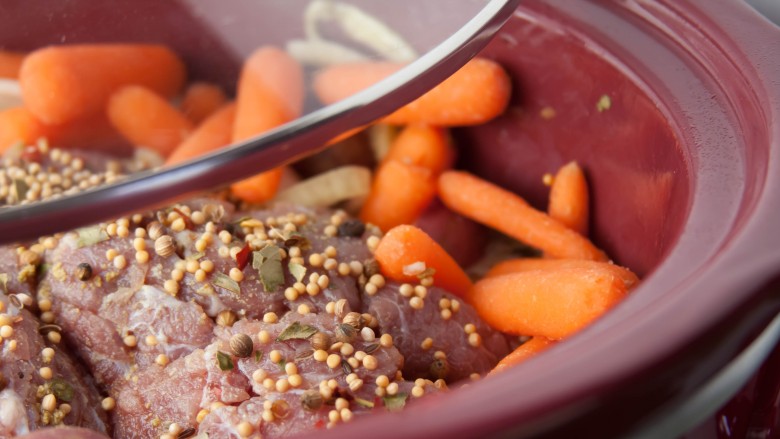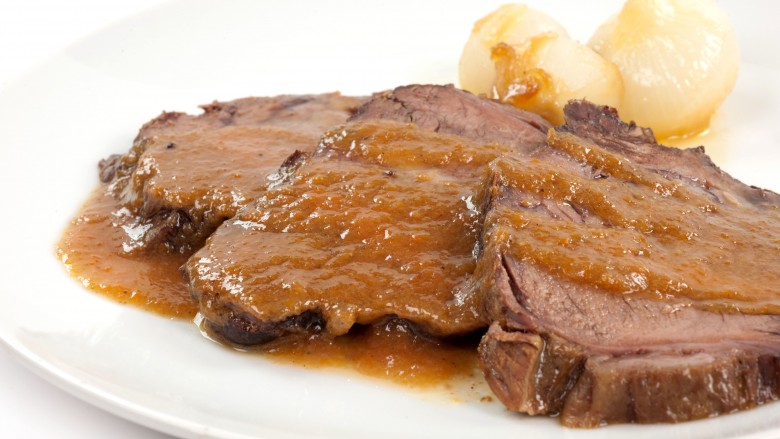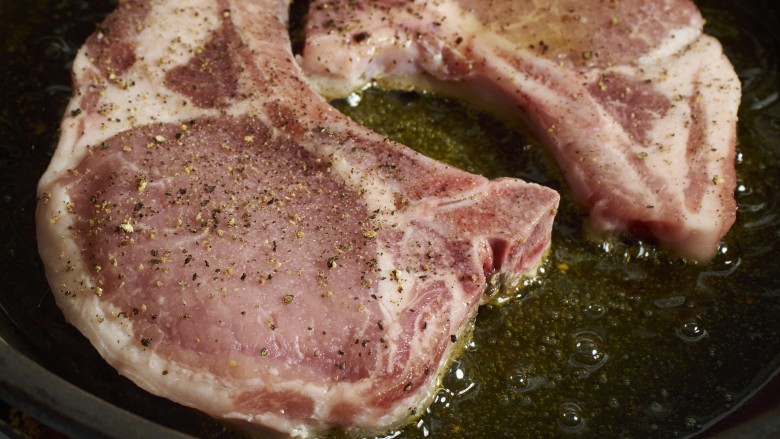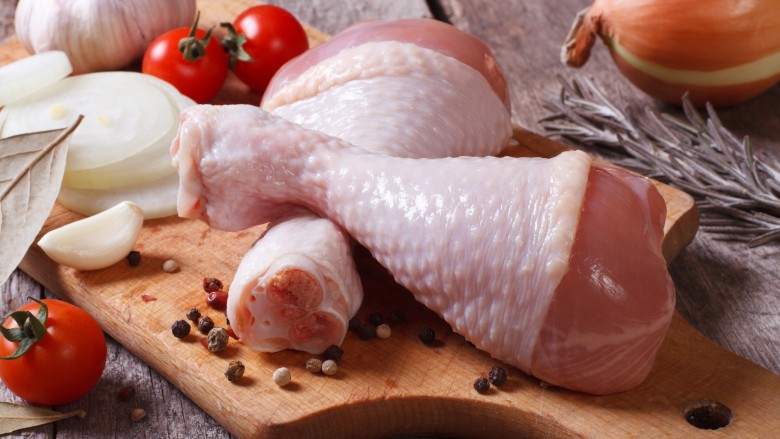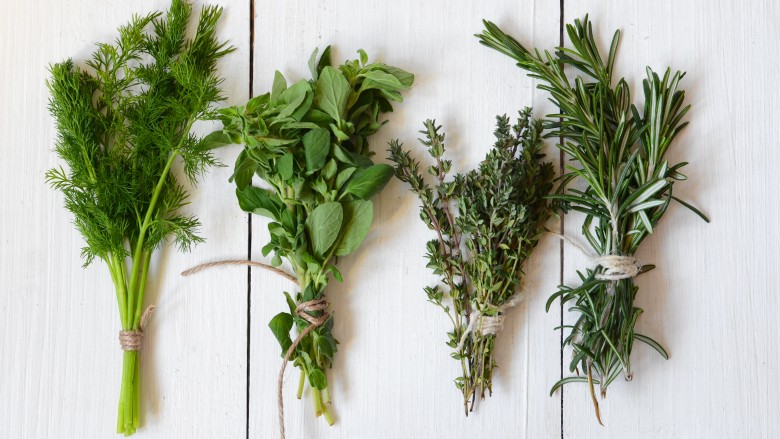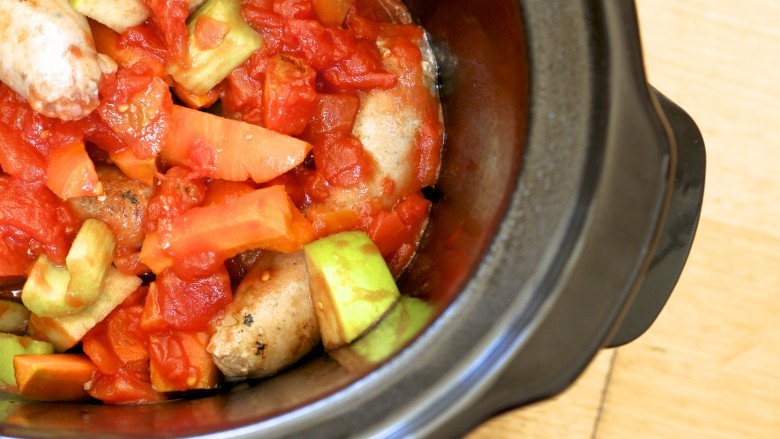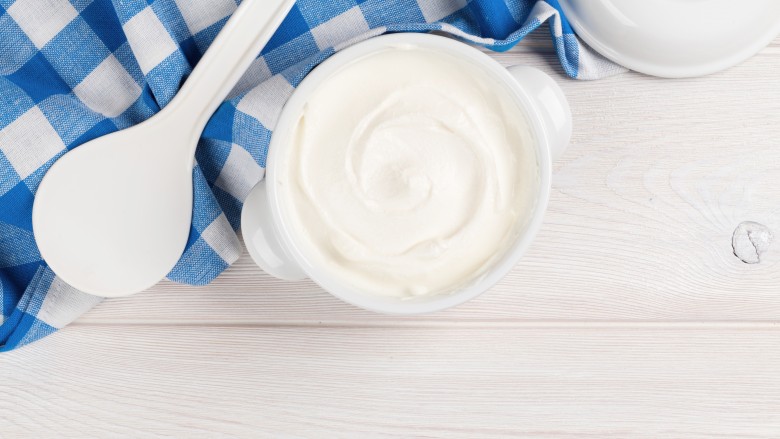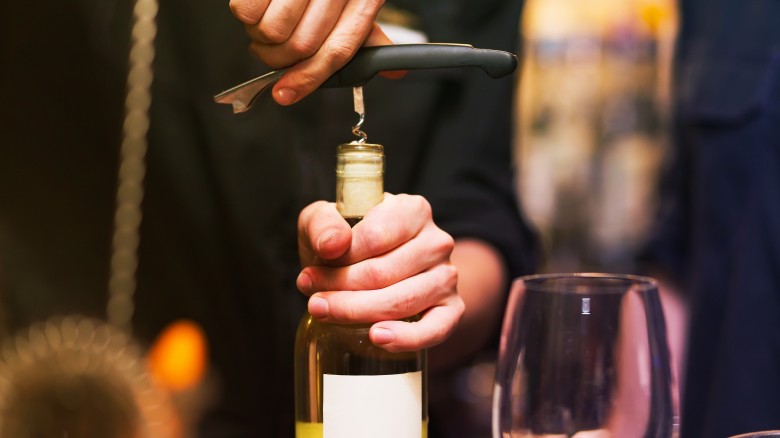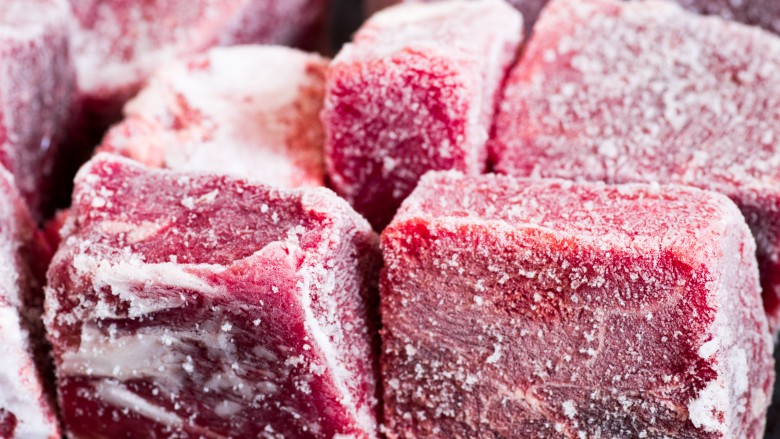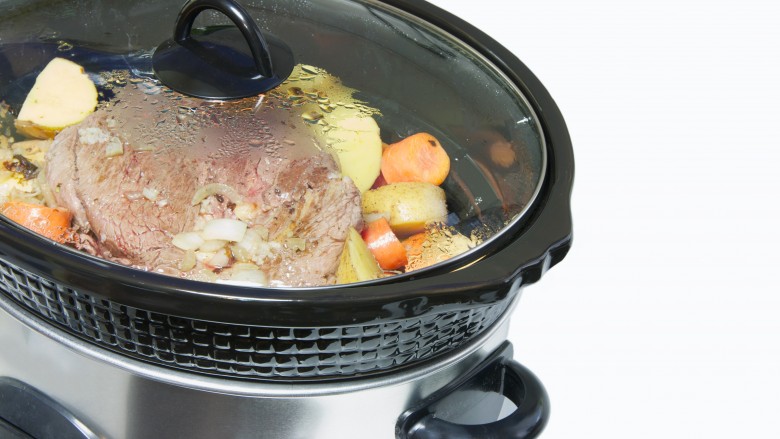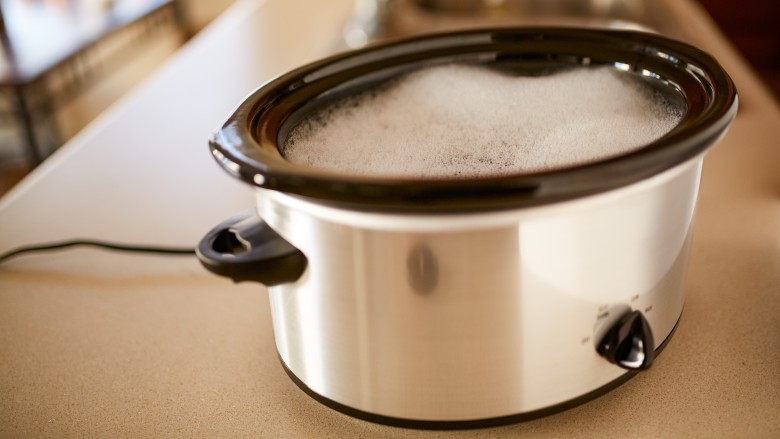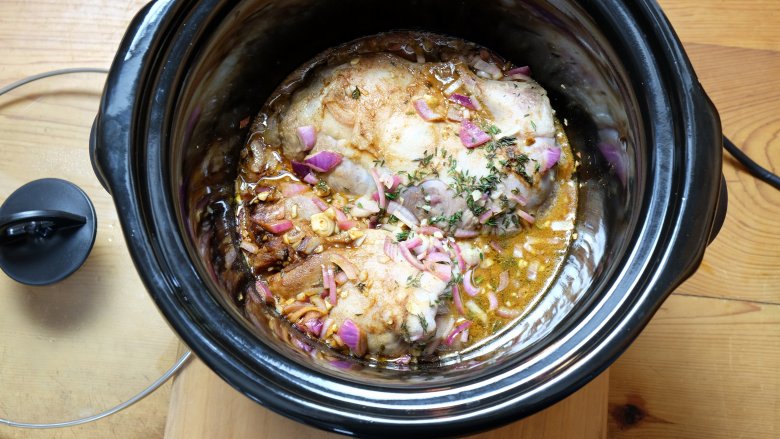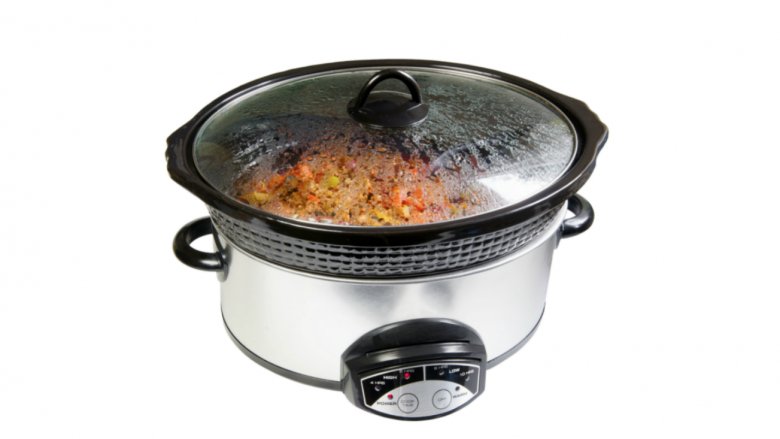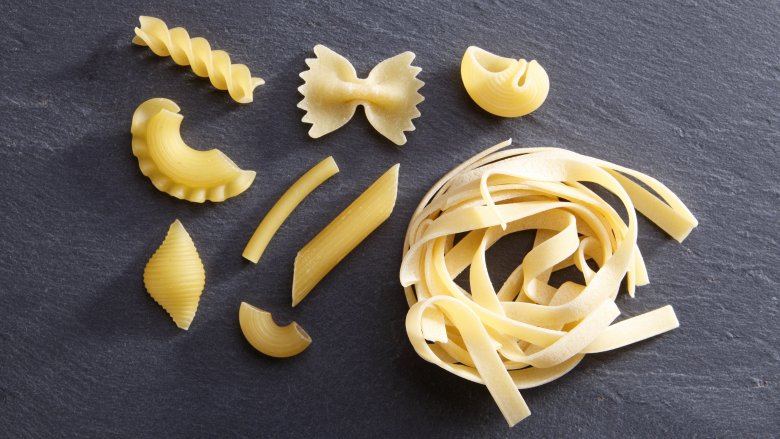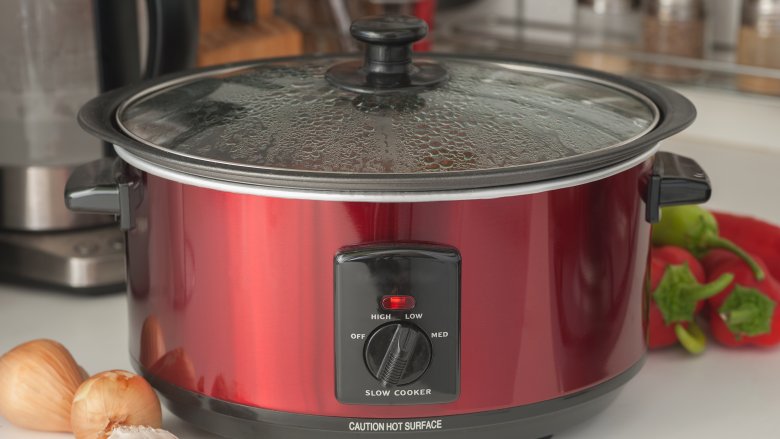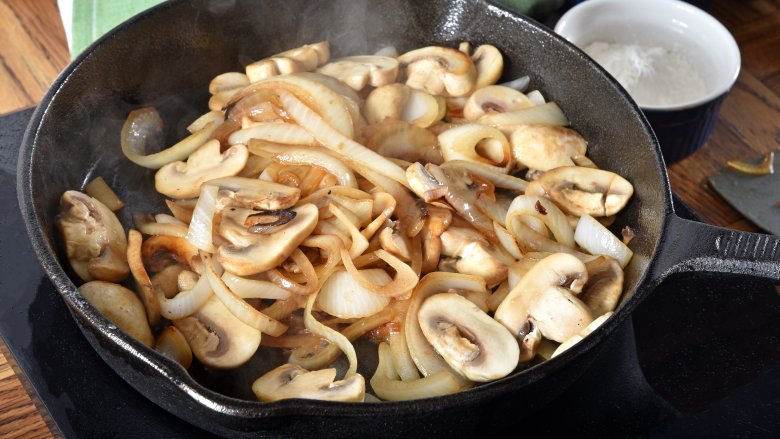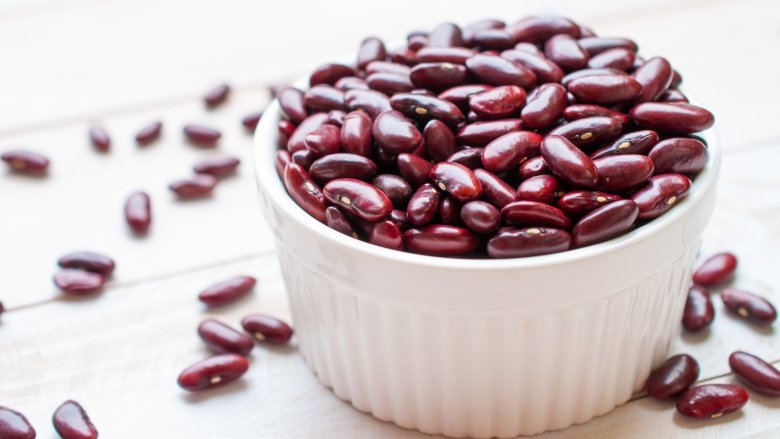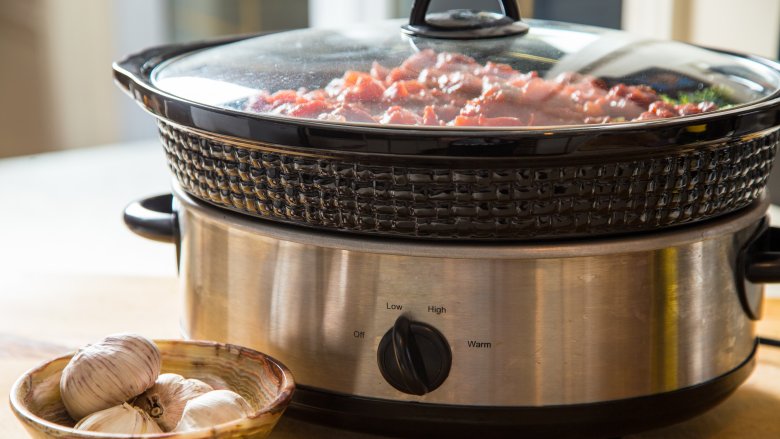Mistakes Everyone Makes When Using The Slow Cooker
There are plenty of slow cooker-haters in the world, but there doesn't have to be. If you use it correctly, your slow cooker can be your very best friend. Throw everything in there in the morning, then go on with your day and forget about it until it's time for dinner. There's nothing better than coming home from a busy day to a hot meal that's ready to eat, right?
But as easy as slow cookers are, they do come with rules (doesn't everything?). Not following them can ruin dinner — and your relationship with what should be your favorite small kitchen appliance. We've rounded up the mistakes everyone seems to make when they use slow cookers, so you can be sure not to make them yourself. Take note, and then break out your slow cooker and give it another chance.
Taking a peek
I get it. Whatever's cooking in the slow cooker has your whole house smelling delicious. It's pretty much impossible to let it cook all day without ever taking a peek to see how it's coming together. Gather up your willpower, though — you need to resist. It took your slow cooker longer than you might think to work its way up to the target temperature, and lifting the lid for even a second lets out most of that hot air. Too much peeking means a reduced temp inside the slow cooker, and more time needed for your dish to finish cooking. In fact, each time you lift that lid, you add 30 minutes to the time you need to cook your food.
Using expensive cuts
Those fancy cuts of meat can certainly have their place at your dinner table, but there's no need to spring for the good stuff when you're shopping for a slow cooker meal. Since slow cookers cook low and slow, they make even the toughest (and cheapest) meats tender and juicy. So grab a low-cost cut and let it cook all day. The resulting dish will be so fall-apart tender and full of flavor, no one will guess you bought the bargain meat.
Not searing meat first
It's time to be honest. If your recipe says to sear your meat before you place it in the slow cooker, do you do that ... or do you skip it? It seems reasonable to skip it — it's going to cook all the way through in the slow cooker, right? Well, technically, yes. You can skip it and you'll still end up with a fully cooked meal. Still, skipping the searing step does change the flavor of your dish, and not necessarily for the better.
According to Kitchn, searing your meat before slow cooking it caramelizes the outside of each piece of meat, adding texture and an extra layer of flavor. If you've never seared your meat before slow cooking it, you won't know what you're missing. But after you've tried it once, you'll never skip that step again.
Cooking skin-on chicken
Chicken cooked skin-on in an oven or pan usually ends up with a gorgeous, crispy skin. When you're cooking in a slow cooker, you're probably going to end up with a soft, rubbery outside that's anything but appetizing. If you want to be able to serve dinner straight from your slow cooker with no extra steps, use skinless chicken when you slow cook.
If you don't mind an extra step (and another dish to wash), transfer the cooked meat from the slow cooker to a broiler pan and cook it under your oven's broiler for just a few minutes, until the skin is golden-brown and crispy.
Adding fresh herbs too early
With all the props given to fresh herbs, it's kind of refreshing to know that dried herbs are actually the go-to seasoning in slow cooker meals. Since they do their best when cooked over long periods of time, dried herbs are the easy winners when it comes to your favorite slow-cooked recipes. That's not to say you can't use fresh herbs in a slow cooker recipe — just don't add them at the beginning. There won't be anything left when it's time to serve. Instead, toss those in toward the end of the cooking time, so they're still fresh and full of flavor when you sit down to eat.
Using the wrong size of slow cooker
One slow cooker does not fit every slow cooker recipe. The cooking time on each recipe counts on the fact that you're using the same size slow cooker as the recipe directs — meaning it's filled to the appropriate level. Your slow cooker should be filled halfway to three-quarters of the way full. If it's not full enough, your food will end up overcooked. If it's too full, it may not cook completely, or you may end up with an overflow — and a big mess on your kitchen counter.
Adding dairy products too soon
Dairy products don't do well warm, and the slow cooker is no exception. If you add ingredients like milk, cheese, cream, sour cream, or cream cheese too early in the cooking process, you'll have a curdled, disgusting mess at the end of your cooking time. To save your dish without sacrificing the creamy flavor you love, cook it without any dairy and then add those ingredients in during the last half hour — cooking them just long enough for them to melt and blend properly into the dish.
Using too much alcohol
Its not that big of a deal to use a heavy hand when cooking with wine on the stovetop. It all cooks off, right? That's not the case with a slow cooker because the lid stays on tight and nothing really evaporates. In fact, when you add wine to a slow cooker recipe, you'll taste more of the wine than you would in a stove-cooked dish. For that reason, its best to skip the wine — or add it sparingly — unless you're really after that tang.
Cooking frozen food
Pinterest is full of recipes touting the wonders of freezer-to-slow cooker meals. As fabulous as it sounds, it's not a good idea to put frozen food — especially meat — in your slow cooker. If your slow cooker is full of frozen food, it'll take way too long to reach a safe temperature of 140 degrees Fahrenheit, meaning your food will spend longer than it should at temps that are less than safe. That sounds like a great way to get food poisoning, if you ask us. Go ahead and thaw your food completely before adding it to your slow cooker.
Not layering correctly
You might think that since you keep the lid shut tight on your slow cooker all day (you do that, right?), everything inside cooks at the same pace., but you'd be wrong. Believe it or not, your slow cooker doesn't cook evenly all the way through. The heat element is at the bottom, so foods placed there will heat up first and cook a lot faster. This is where you want to put foods that need longer cooking times. Root vegetables like potatoes and carrots should be layered in first, along with tougher cuts of meat.
Following that same reasoning, the faster-cooking, more delicate ingredients — or those that don't need much cooking at all, like canned veggies — should be layered at the top. Keeping this in mind will help ensure that all of your ingredients finish cooking at about the same time, because no one wants a slow cooker dinner that's partly overcooked and partly raw.
Not greasing your slow cooker
Slow cookers may make cooking a breeze, but they can also make cleanup a pain. They usually end up soaking in your sink just as long as they spent cooking on your counter — and even then you still need an awful lot of elbow grease to get them clean. Save yourself some time and use a cooking spray or a slow cooker liner to make cleanup much more simple. It might make the inside surface of your slow cooker last a bit longer, too
You're using too much liquid
Slow cooker amateurs, beware: If you're used to cooking on a stovetop, with all its high heat and power to reduce huge pots of liquid to a thick sauce in no time flat, this is one mistake that's super easy to make.
Jack Bishop of America's Test Kitchen told Consumerist that using too much liquid is one of the the biggest flubs people make when converting stovetop recipes to slow cooker recipes. "Most slow cooker recipes are better with less liquid than you would use if you were making the same thing in a pot on the stove," Bishop says. "So that could mean draining the canned tomatoes and discarding that juice or it might mean using less broth than you normally would for a stew or a soup." These modifications are necessary since evaporation doesn't occur when you're using a slow cooker, and all that extra liquid will only result in less concentrated flavors.
The liquid you add into the crock isn't the only consideration, either. As The Spruce points out, meat and vegetables give off liquid of their own in the cooking process, and will contribute to the overall amount you're left with. If need be, it is possible to reduce the liquid by turning the slow cooker up to high and cooking for one to two hours with the lid off (just be careful not to overcook foods while doing so).
You're not lining the lid
If you're making beef stew or pulled pork, you probably don't care if the condensation from the lid of the slow cooker drips back down into the crock. But if you're making a dish where even the slightest amount of additional moisture could ruin it, and you're not lining the lid of your slow cooker with a paper towel, you're making a big mistake.
Sarah DiGregorio, author of Adventures in Slow Cooking, told Buzzfeed, "The paper towels soak up the extra steam and prevent it from dripping back onto the surface of the dish. I use this when making cheesecakes and custards, or eggplant Parmesan. It helps ensure the bread crumb coating on top stays crunchy."
In other words, if you have a dish whose crunch factor is important, or whose texture could be thrown off by just a few extra teaspoons of water, the paper towel is an easy piece of insurance against a fail. Even a crock full of basic mashed potatoes will benefit from this trick — unless, of course, thinned out, watery spuds is the goal.
You're adding pasta too soon
Pasta in the slow cooker sounds like a recipe for disaster, doesn't it? It's easy to picture cooked-for-hours spaghetti that is so far past al dente it's unrecognizable. Bon Appétit doesn't mince words on the topic, saying, "Sure, there are slow-cooker recipes for [pasta dishes] out there, but you definitely shouldn't attempt to make them."
As much as we respect BA's stance on all things food, sometimes slow cooker spaghetti and meatballs just needs to happen — and you're not destined for soggy spaghetti if you use one of these cooking methods. Barilla recommends skipping the slow cooker altogether and preparing the pasta separately, then stirring it into the crock just before serving. The obvious problem with this method is the extra pot — slow cooker meals are all about ease (and fewer dishes), after all. If you're all about the one-pot wonder, don't mix the dried pasta into the sauce until you're about 20 minutes from mealtime (wheat pasta will take about 10 minutes longer to cook). When your pasta is perfectly al dente, serve immediately. Either way, you've successfully avoided a mushy mess.
You're setting the heat too high
Slow cookers are pretty basic machines. You can cook on high or low — there's no in-between. So what's the best choice for scrumptious slow cooked meals? As the saying goes, less is more.
According to Jack Bishop of America's Test Kitchen, using the high setting on the slow cooker has the potential to ruin a dish. "If you want a beef stew with nice big chunks of beef, a lot of times the high setting can boil the meat and it dries out and sort of falls apart," he told Consumerist.
The difference between the two settings isn't a higher temperature, it's the time it takes for the slow cooker to reach the simmer point. On high, that's around three to four hours, and on low, it's seven to eight, according to Crock-Pot. So imagine if your dinner is cooking away on high all day while you're at work. That meat will have been simmering four hours longer than it needed to — probably not the best way to ensure tenderness.
Provided you have the time, low is the way to go.
You're not browning your veggies
As annoying as it is to have to drag out another pan (and then wash that pan), we know that searing meat before tossing it into the slow cooker is an important step toward great flavor. So why aren't you also browning your veggies, especially if you've already got the pan dirty?
Sure, you can add raw onion and garlic into the slow cooker and the world will not come to an end. But we all know that caramelized onion is better than not caramelized onion, so why not add all that extra flavor into your dish? Remember, just because you're using a slow cooker doesn't mean you've given up on life.
Flavor aside, sautéing aromatics like onion, garlic, ginger, carrots, and celery helps to remove excess moisture before the ingredients hit the slow cooker. As we know, too much moisture means watered down flavors. A quick pre-sauté also eliminates the potential for crunchy, undercooked bits.
Pro tip: If you're going to go to the extra effort or searing meat and browning aromatics and vegetables, definitely do not forget to deglaze the pan with a little wine or broth. All those scraped up browned bits translate to tons of extra flavor.
You're using it to cook kidney beans
So you made chili in the slow cooker, and instead of the usual canned beans you decided to throw in that bag of dried kidney beans that's been collecting dust in the pantry. Fast forward a few hours later and it's not just the normal chili-educed gas that you're experiencing — it's vomiting and diarrhea and severe abdominal pain. You can blame those dried beans for that.
Though all dried beans contain a toxin called phytohaemagglutinin, it is particularly high in kidney beans, and that toxin will only be killed with a 10-minute boiling water bath. Otherwise, you're looking at gastrointestinal distress from as few as four improperly prepared beans. The slow cooker is not known for its super high cooking temperatures (temperatures may vary by brand, but Crock-Pot slow cookers stabilize at 209 degrees, which is shy of the 212 degree boiling point of water), and because of this, the FDA does not recommend using the appliance if your recipe includes kidney beans. It simply doesn't get hot enough to kill the toxin.
It's not hopeless, though. If you've already soaked your dried kidneys beans for 12 hours and boiled them for 10 minutes, go ahead and throw 'em in the slow cooker. Or just open the darn can, like the rest of us.
You're reheating wrong
You've got leftovers in the slow cooker. Clearly the easiest thing to do is throw the crock into the fridge, and reheat the whole shebang the next day, right? Wrong. Unless you're interested in rolling the dice on food poisoning.
We get it, transferring the food to another dish means you just have one more thing to wash. But loading a still-warm crock full of still-warm food into the fridge means it probably won't cool fast enough, and that's where you wade into the danger zone for bacteria. Even if you have done the right thing and transferred the leftovers into shallow containers and cooled them properly, the slow cooker still isn't a safe bet for reheating. That's because any reheated foods need to reach a minimum of 165 degrees within two hours, and that's just not going to happen in a slow cooker — it's slow, remember? The USDA recommends reheating in an oven or microwave, and then using the slow cooker to keep the food warm. A little more work, we know, but it sure beats the alternative.
